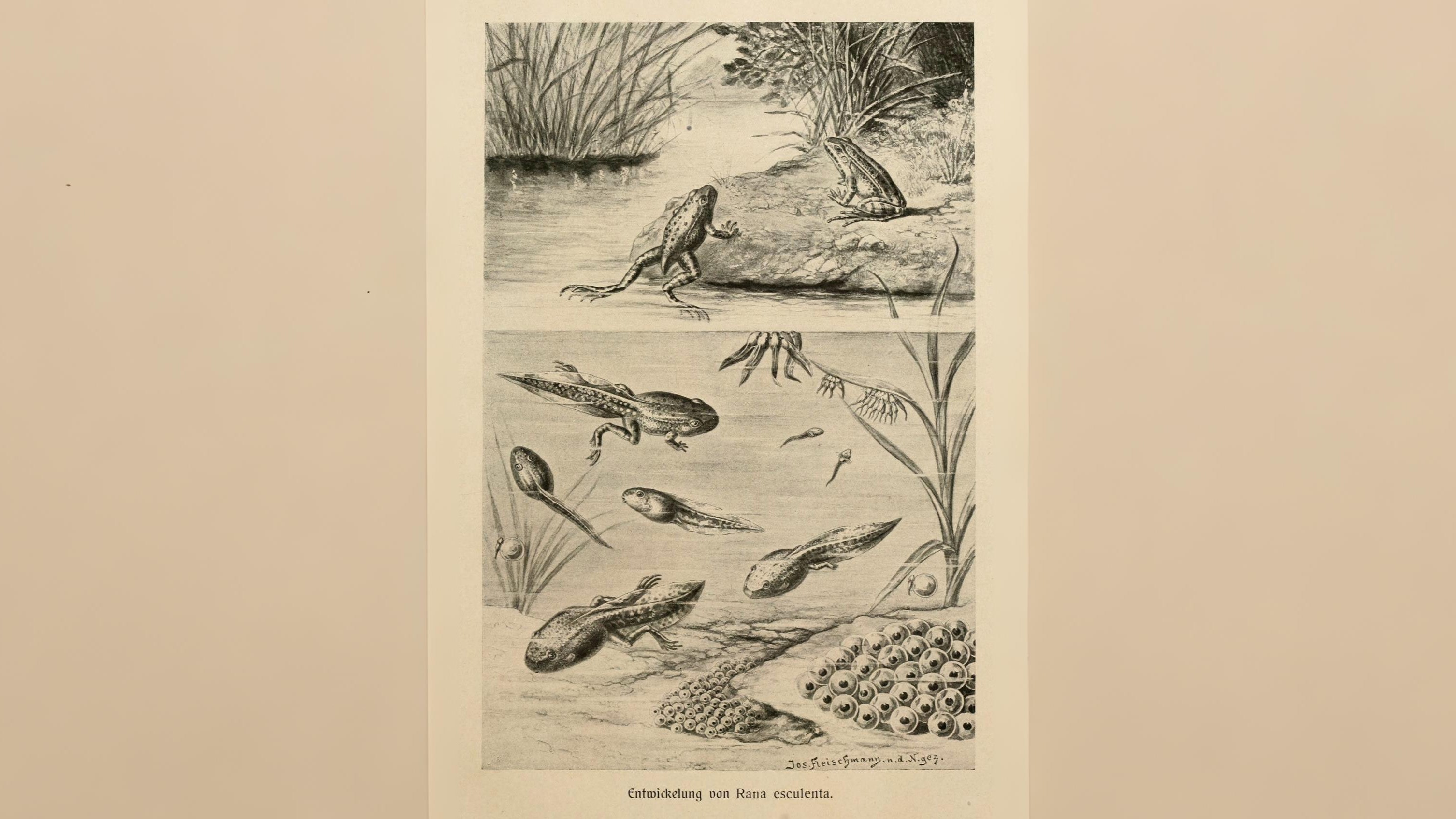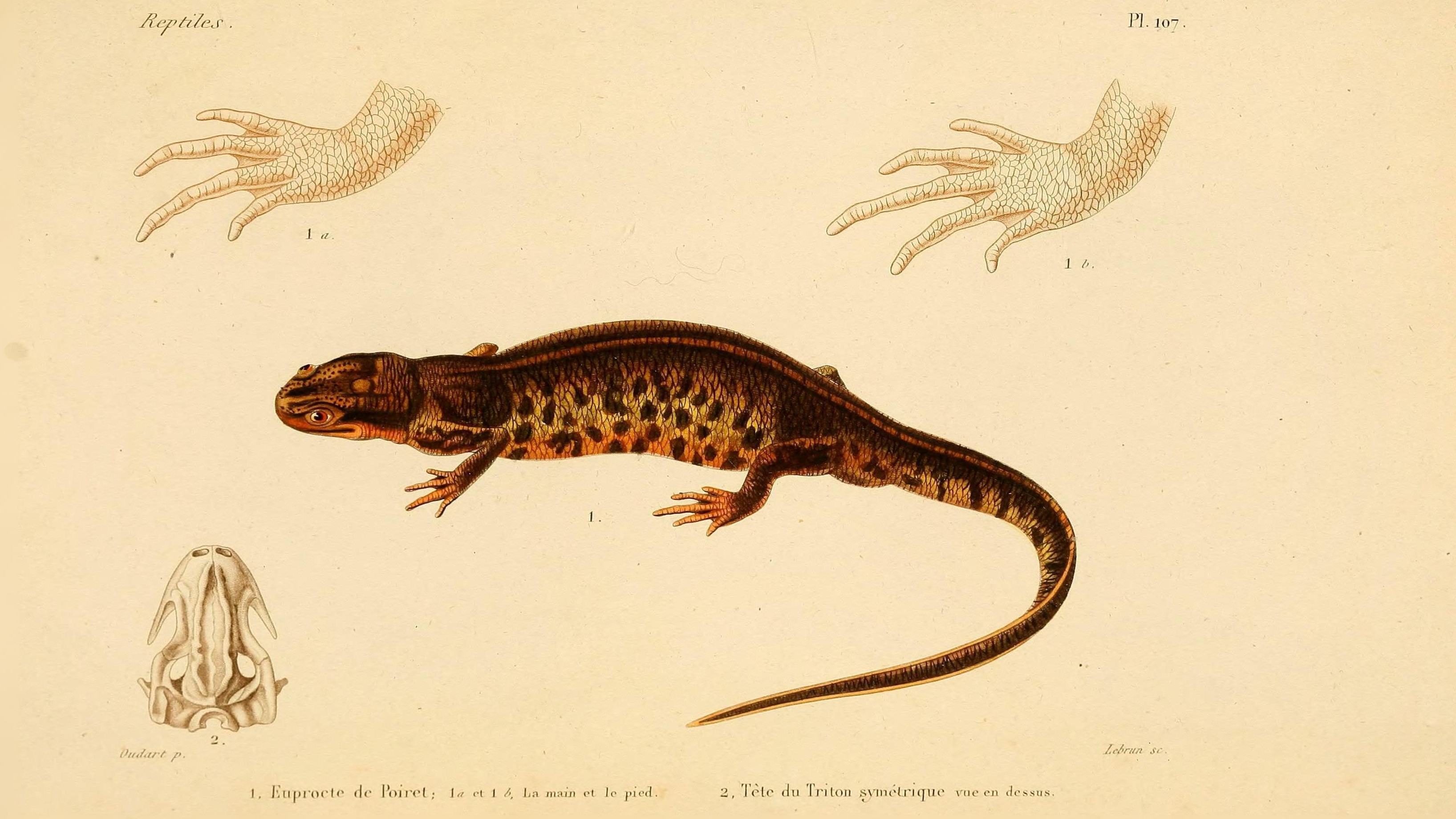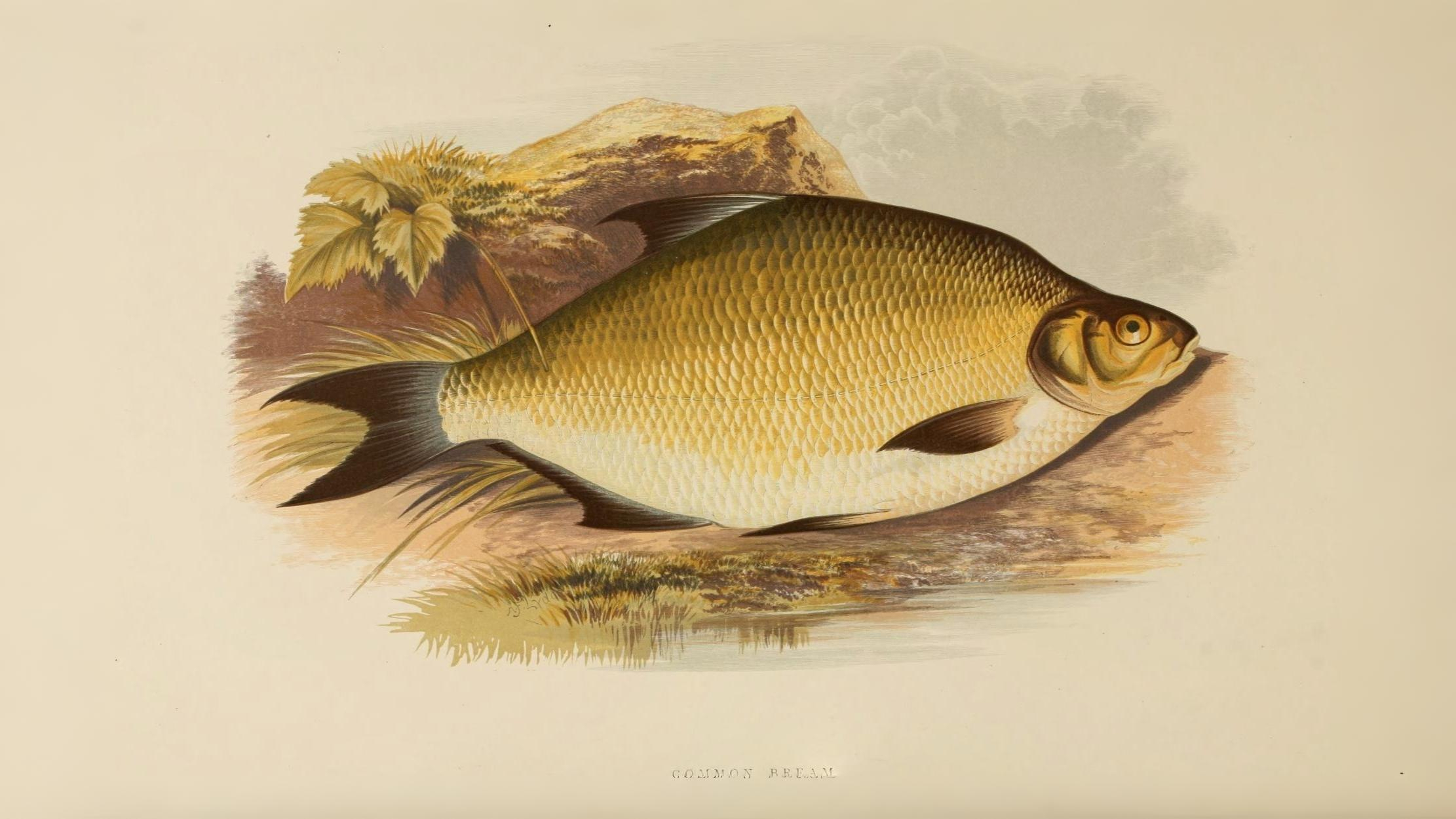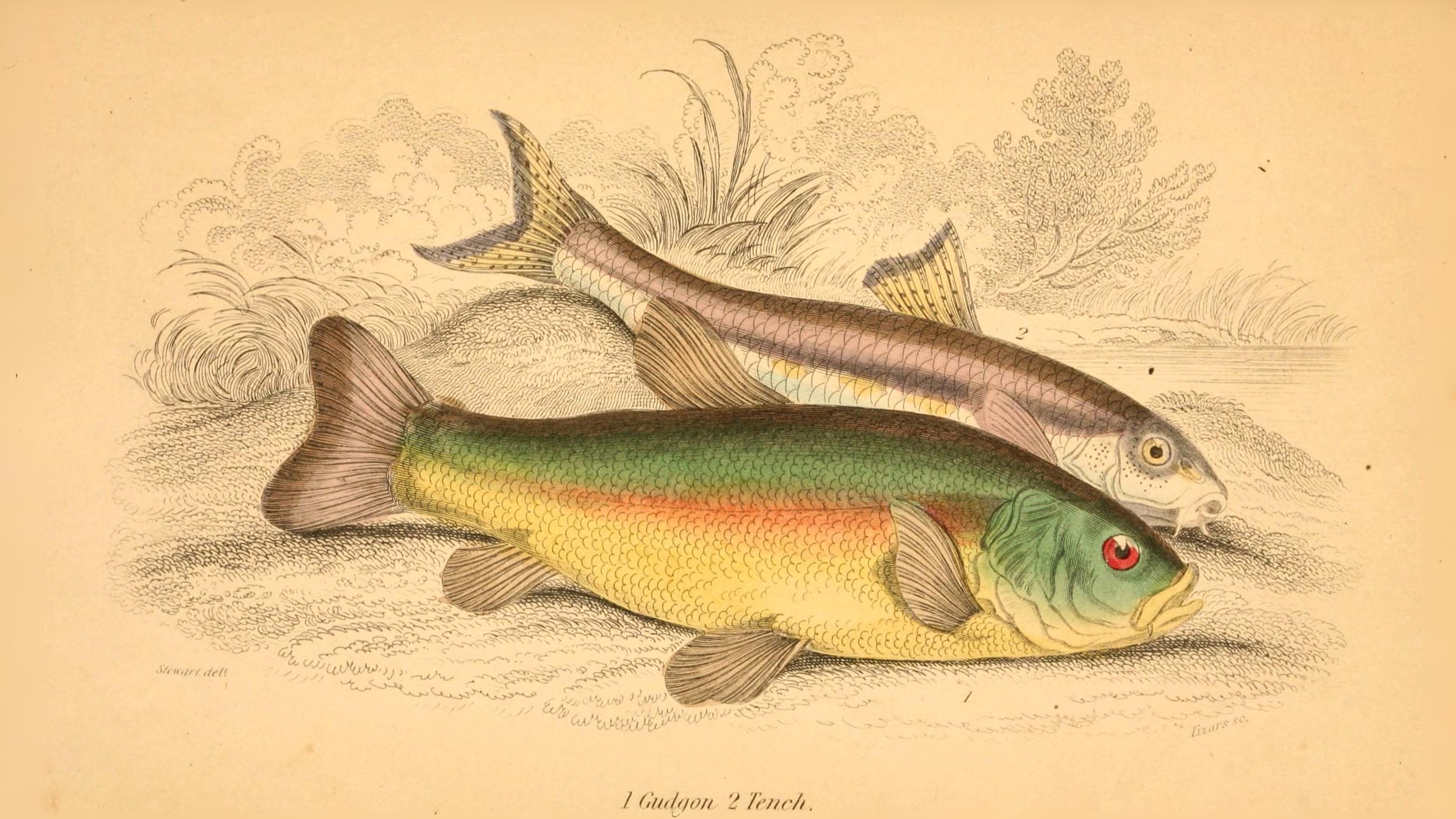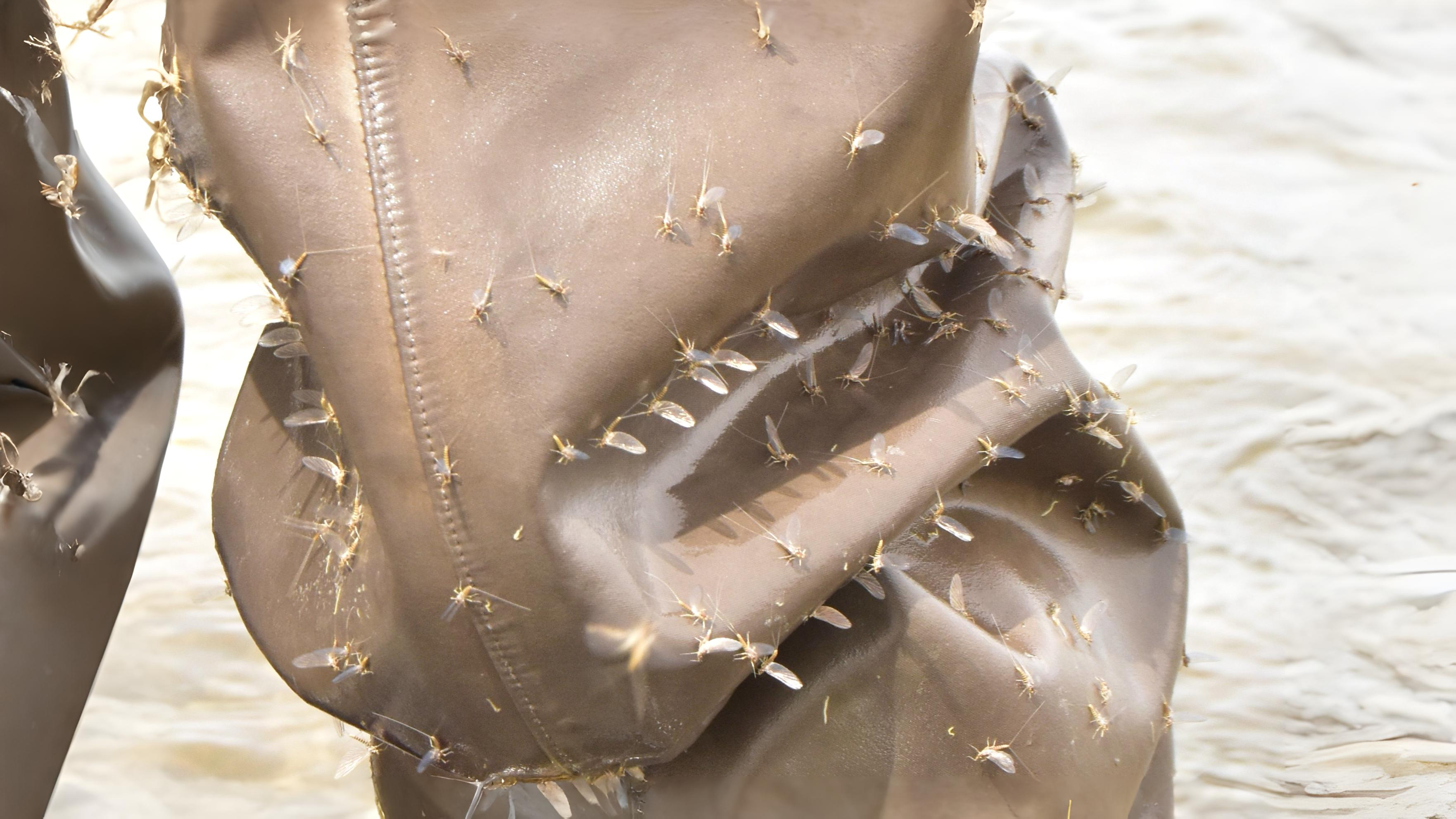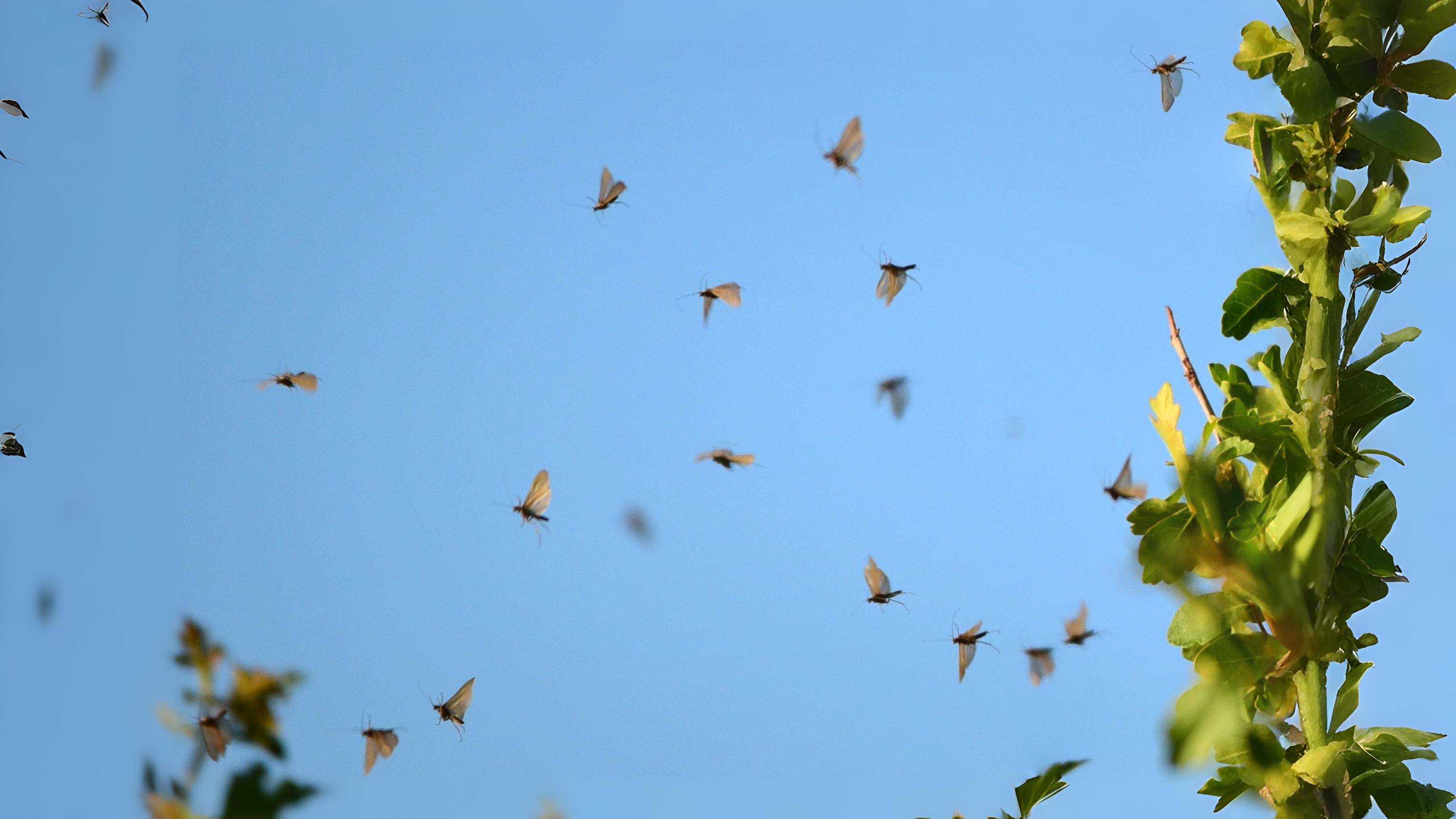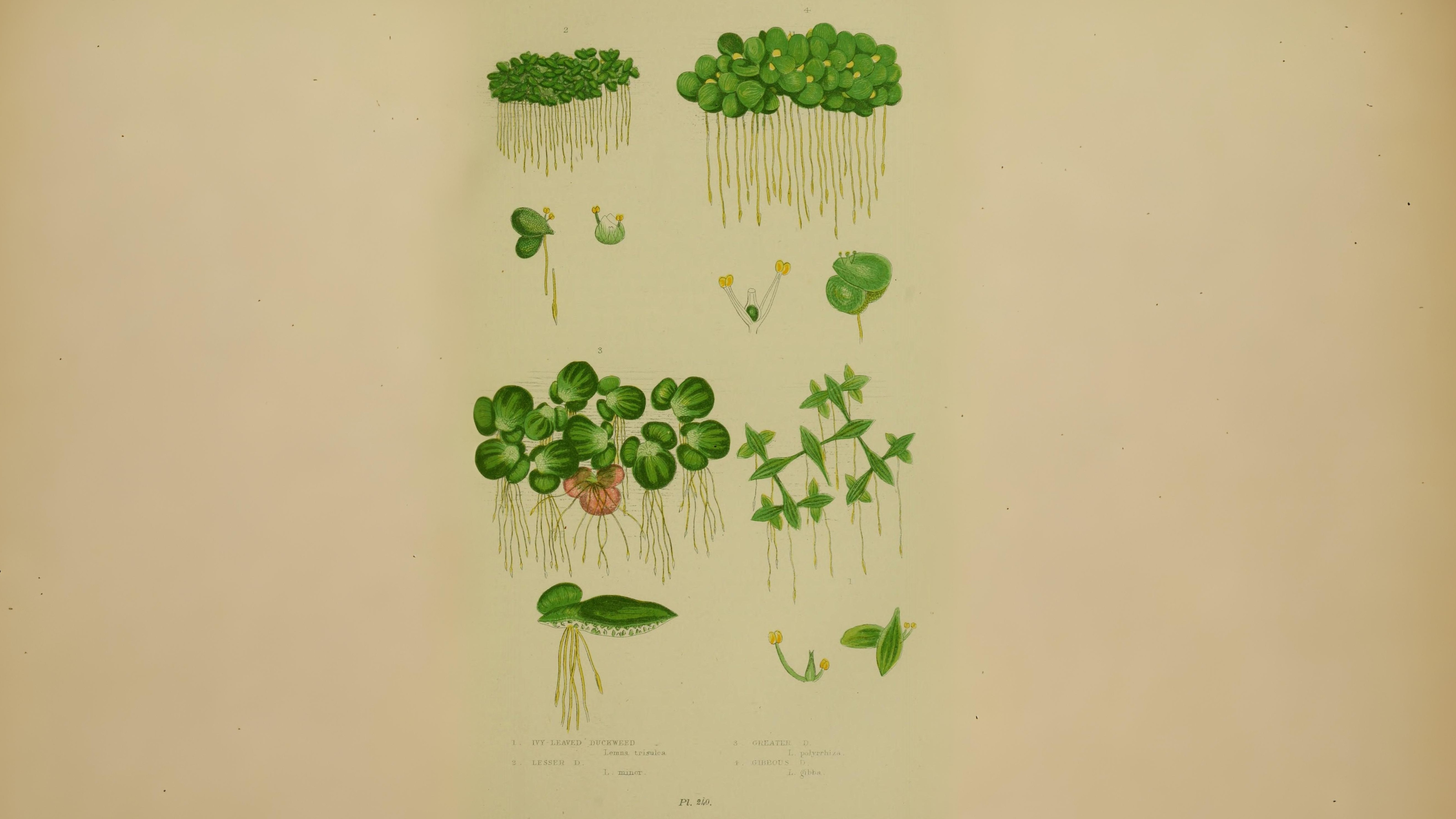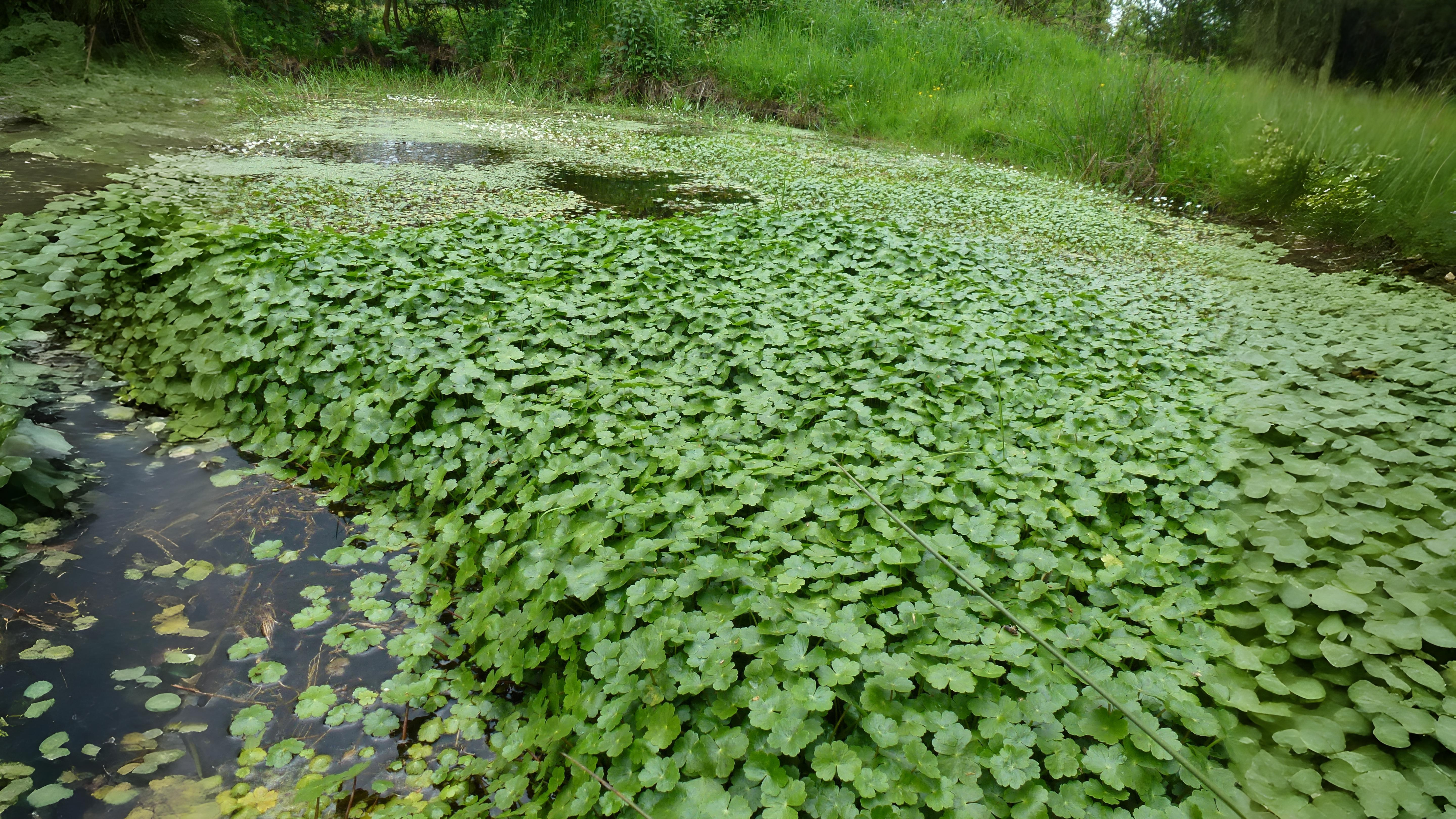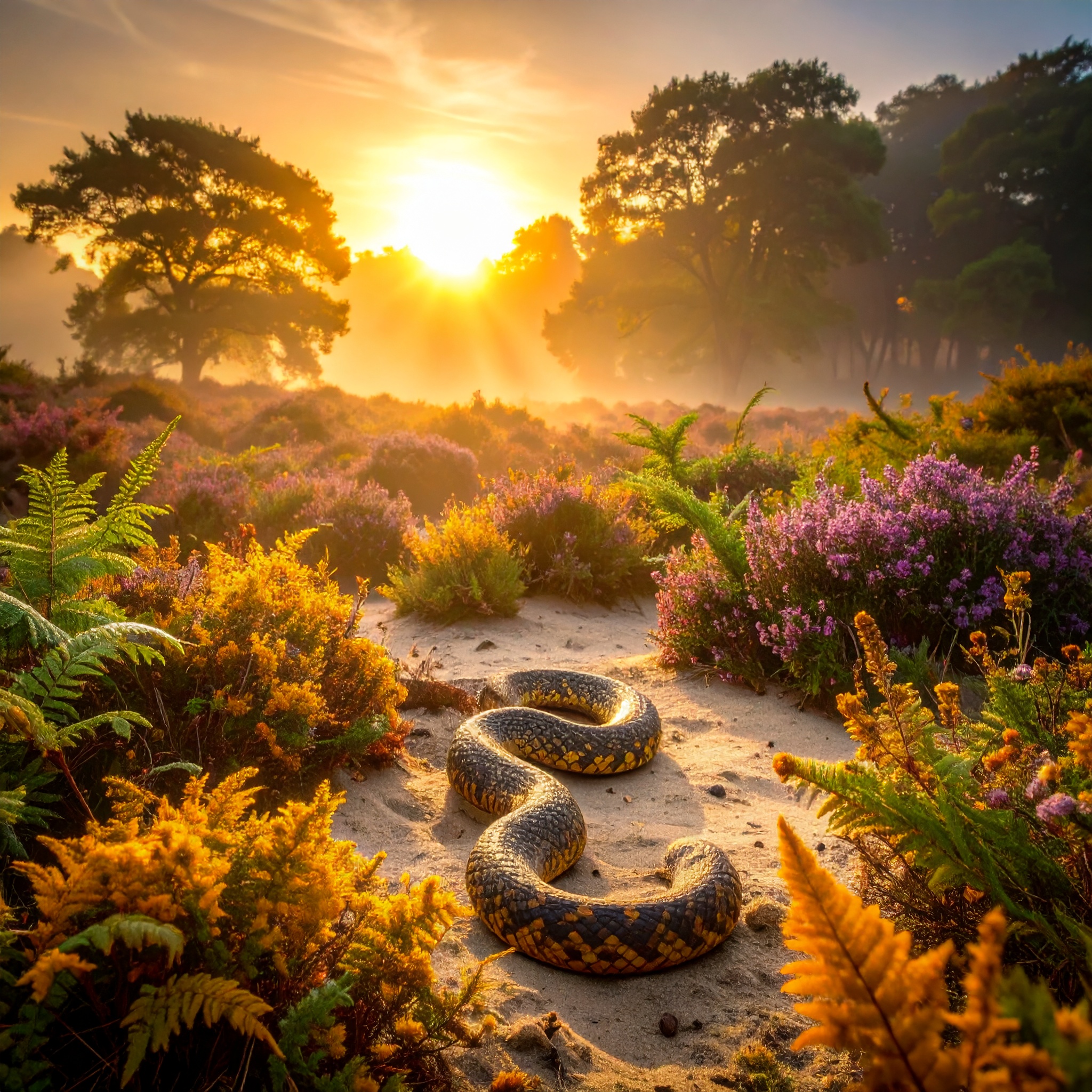
Did you know London’s heaths hide venomous adders—or that grass snakes hiss but can’t bite? Discover the secret lives of the city’s reptiles, from gold-speckled lizards to "dancing" adders steeped in folklore. Plus, uncover why riverbeds bubble with methane and which ponds erupt in emerald algae. Return July 20 to explore the wild side of the capital—where slow-worms coil, toads rain from the sky, and tench fish "cure" toothaches. Don’t miss it!
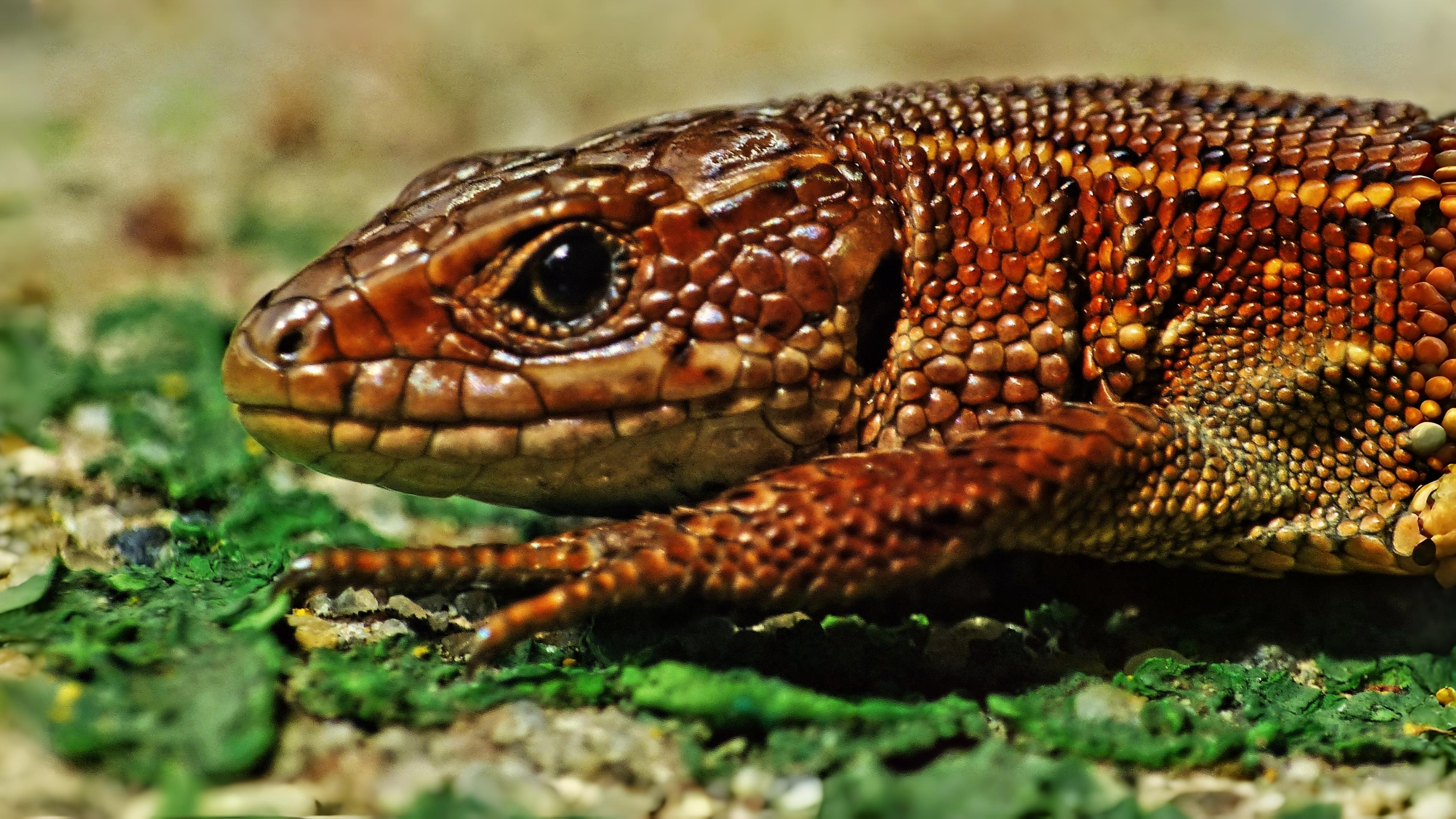

July is one of the best times to see adders. The females seem to have a compulsion to bask in the sun more this month. Normally, in other months you tend to see a female with some attendant males, but this month you tend to encounter far fewer males, although their sloughed skins are seen occasionally.
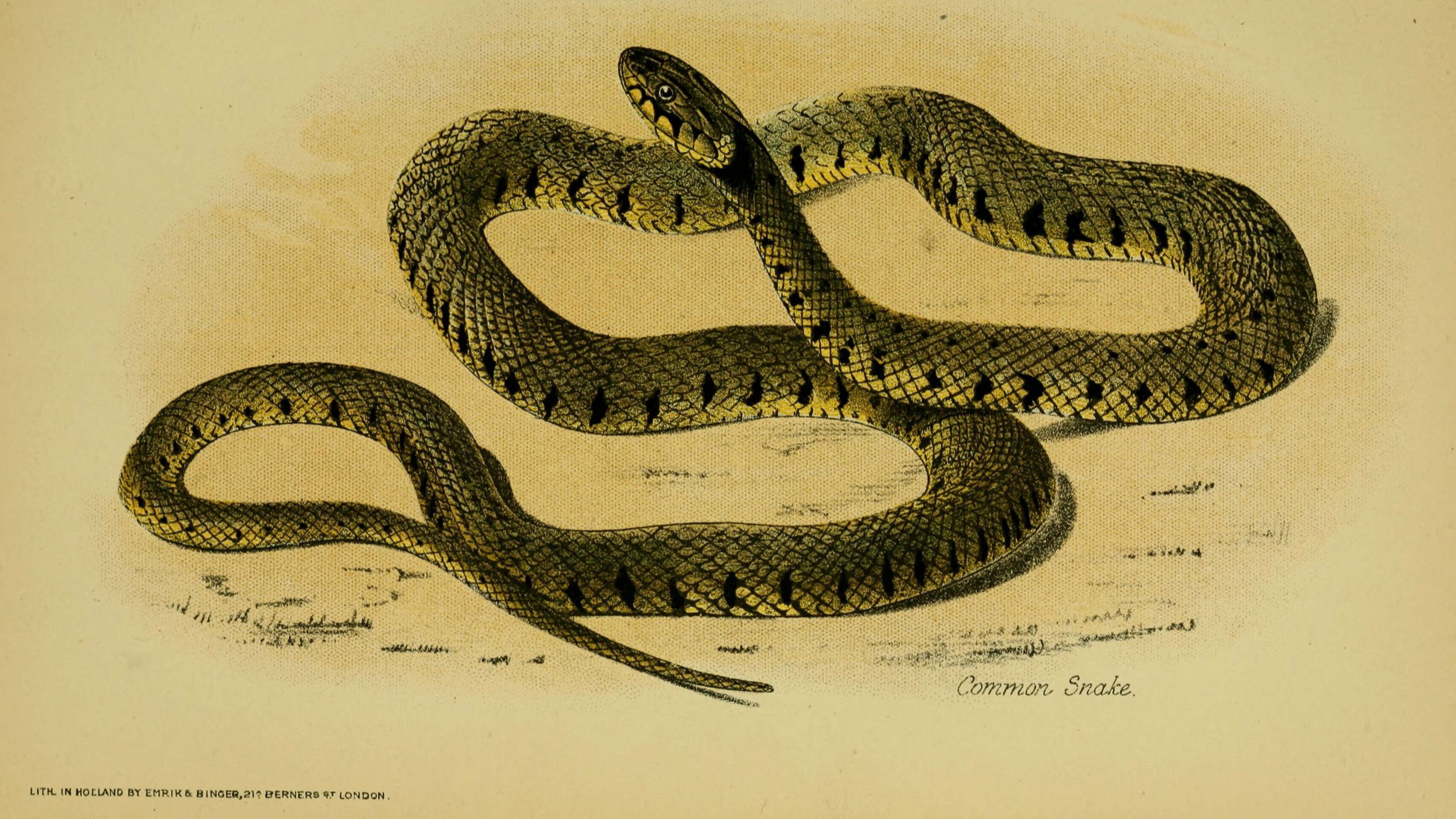

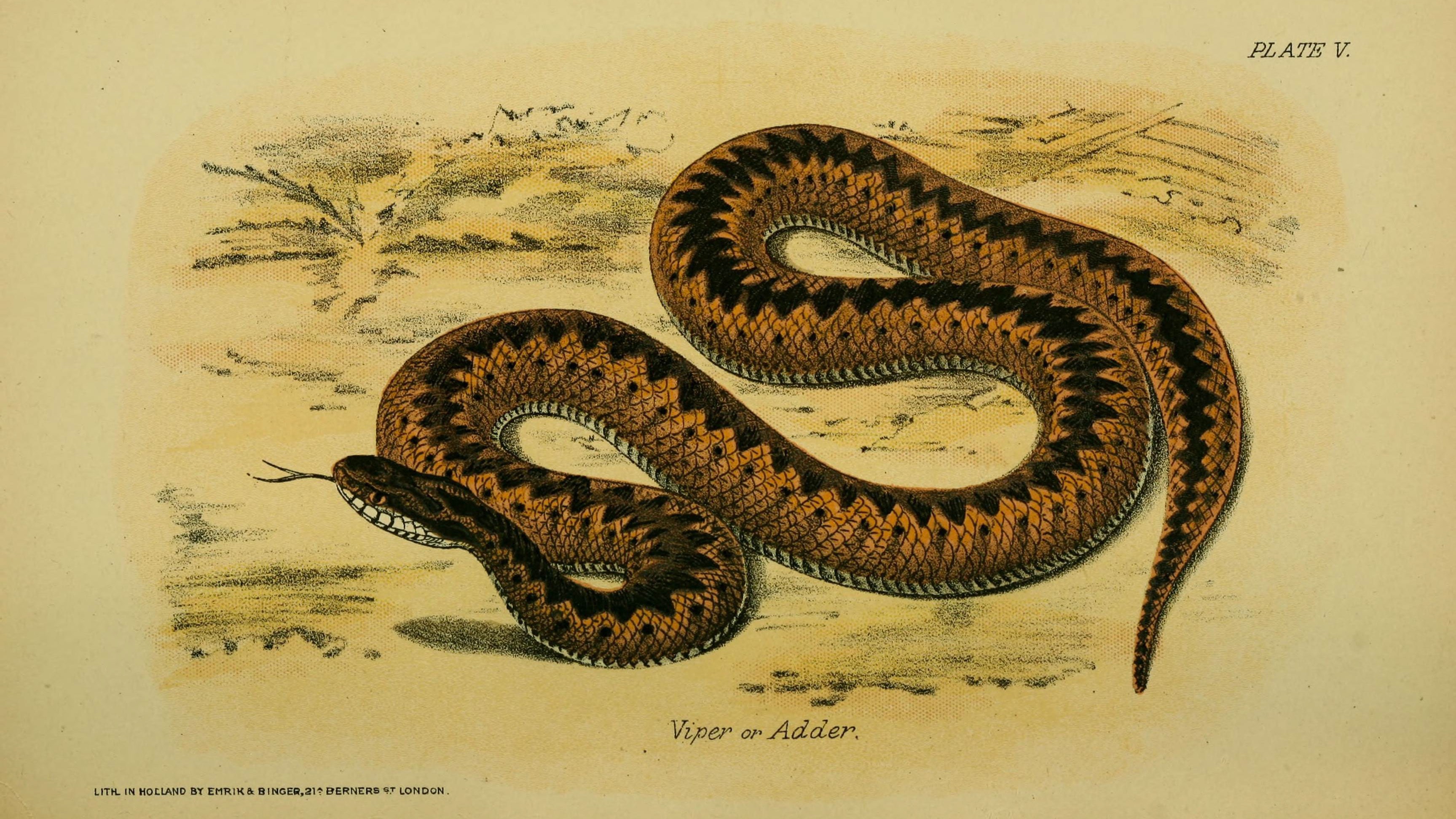

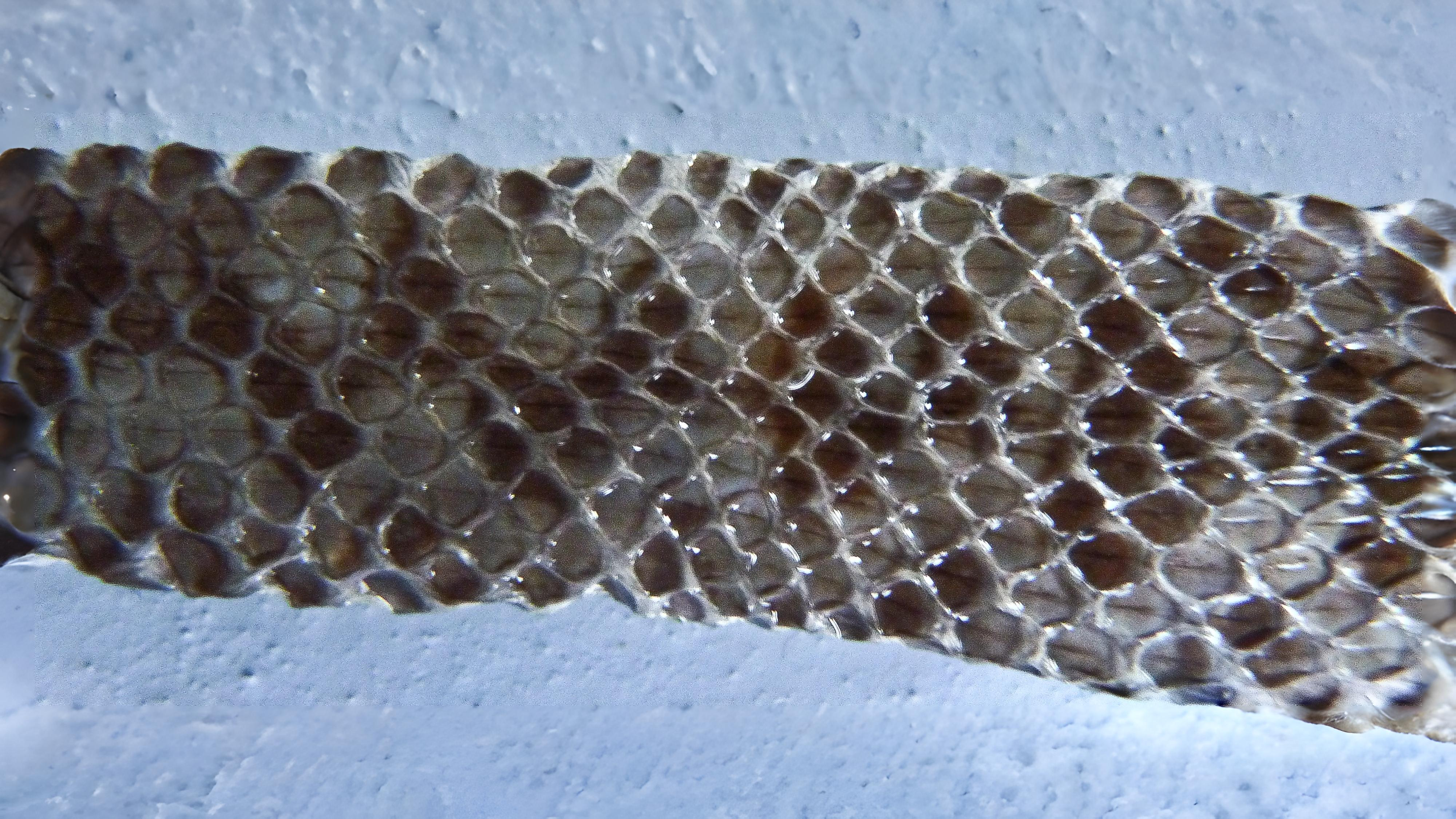

The edible frog tadpole is occasionally subject to gigantism. One caught at Ham in 1947 grew to twelve centimetres in length whilst still remaining a tadpole. Many other edible frog tadpoles fail to metamorphose into frogs completely. Young newts are now spending their time both in and out of the water, palmate newts tending to be more aquatic than smooth ones. When on land, smooth newts can be found easily enough under stones, often still with their parents.
